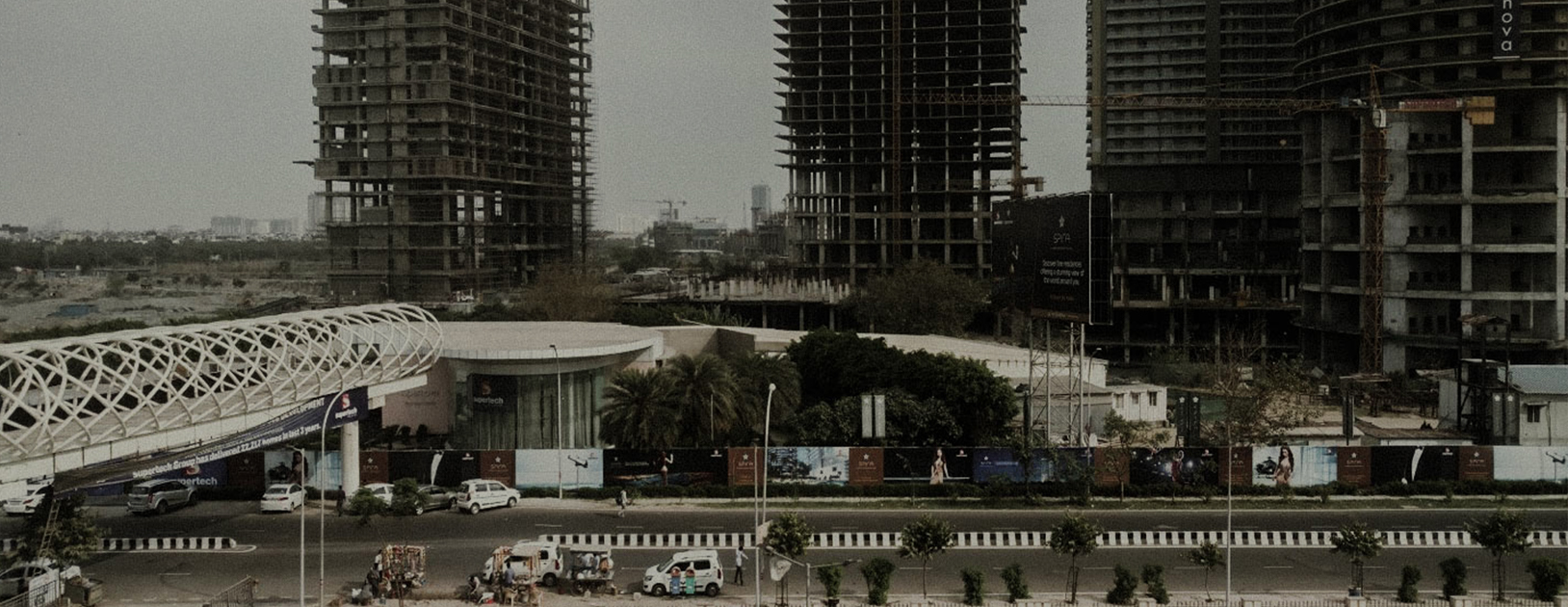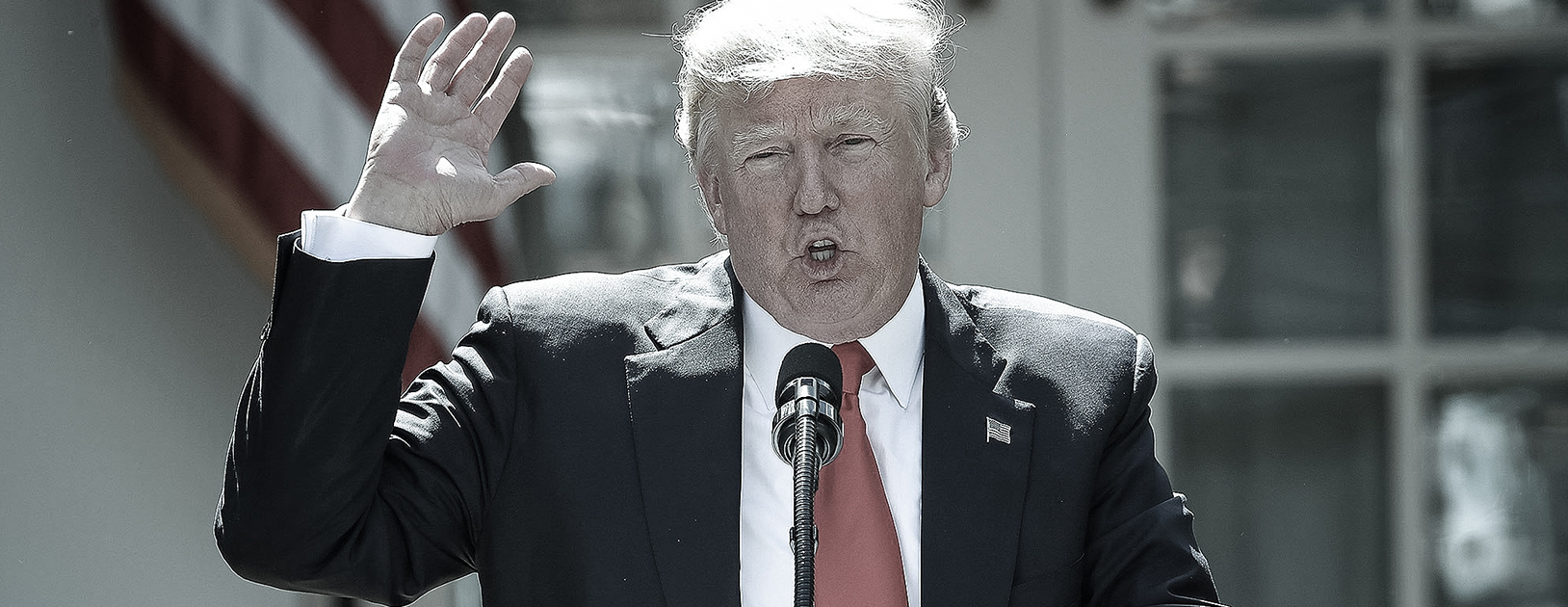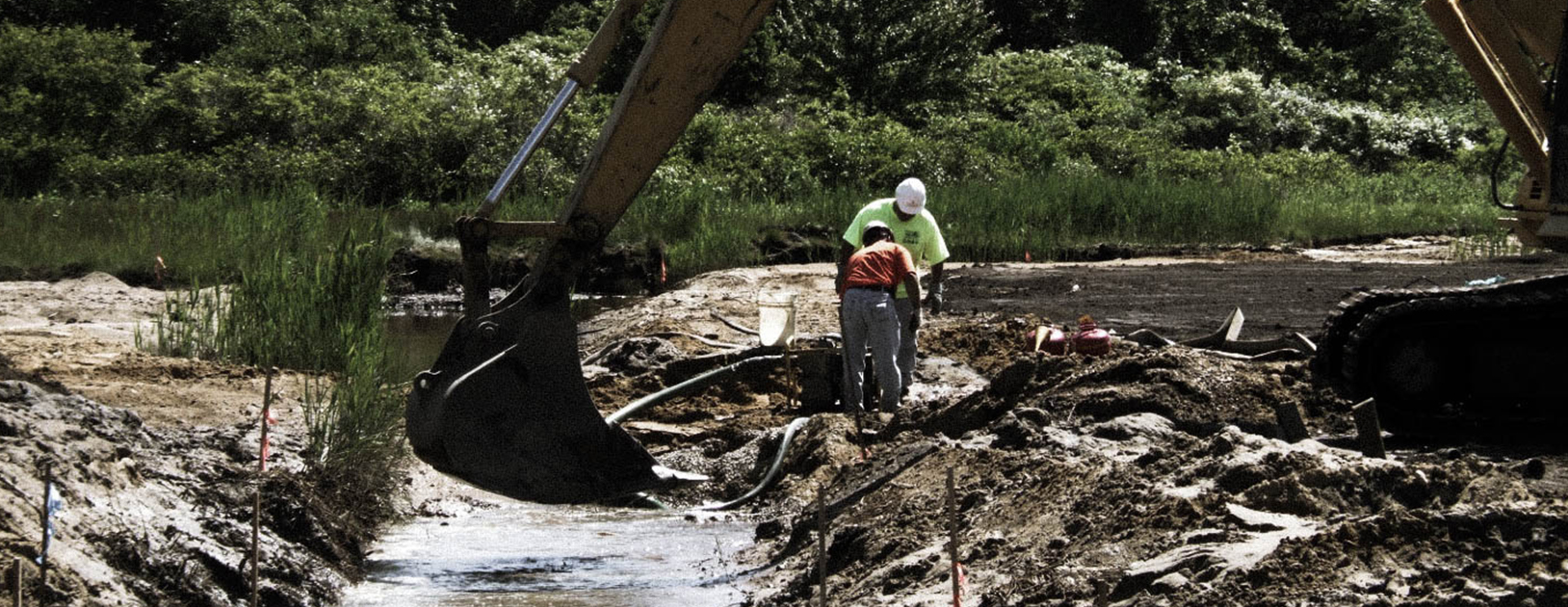
HIGHLIGHTS FROM THE PANEL DISCUSSION HELD AS PART OF THE CLEARING THE AIR SEMINAR SERIES
AIR POLLUTION ENVIRONMENTAL JUSTICE
On 7 March 2018, the Initiative on Climate, Energy and Environment (ICEE) at the Centre for Policy Research (CPR) organized a panel discussion on ‘Municipal Solid Waste as a cause of Air Pollution’ as part of the ongoing Clearing the Air? Seminar Series on Delhi’s Air Pollution. The panelists were Ravi Agarwal, founder director of Toxics Link, Nalini Shekhar, co–founder of Hasiru Dala, and Dr Seema Awasthi, founder and director of ICUC Consultants Pvt. Ltd., and the panel was moderated by Arkaja Singh, Fellow, Centre for Policy Research.
The panel discussed some of the best practices on waste disposal that can help reduce exposure to airborne toxins from municipal solid waste. Some of the strategies suggested give primacy to waste workers, whereas others emphasize on technology, infrastructure and management.
We have identified some important points that came up during the panel discussion and presented them in the form of a Q&A below. Videos of the panel discussion and the power point presentations made by the speakers can be accessed here.
What are the locations and kinds of exposures to various kinds of pollutants, particularly air borne pollutants that take place in the total disposal cycle of solid waste?
Ravi Agarwal (RA): The IIT-Kanpur report (Sharma and Dixit, 2016) attributes 8-9% to open burning of municipal solid waste as a source of PM10 and PM2.5. Waste is a very complex material which emits a cocktail of pollutants including harmful gases other than the classic pollutants and the regularly monitored PM10 and PM2.5. However, most of them are not accounted for due to the complexity of the waste stream. Dioxin is a highly toxic chemical pollutant generated from incinerators. While worldwide there are incineration standards, in India, despite very high dioxin exposure with serious health implications, there have been till recently no regulations for emission of dioxins. There are several dispersed sources of air pollutants from waste which are also not yet measured.
Most regulations are aimed at the end of the pipe emissions, undermining the complexity of the waste stream and the potential of pollution from each stage of the waste disposal cycle.
Seema Awasthi (SA): Nearly 35 million tons of carbon dioxide equivalent of greenhouse gases like methane are estimated to be produced from dumpsites annually worldwide (as per the data from the International Solid Waste Association in 2015) The effluent gases from open waste burning include smoke, black carbon and other toxic fumes with low levels of dioxins and furans.
What are the pollution standards and regulations that govern waste disposal? Do they adequately consider the risk of air pollution? What are the main loopholes in the current regulatory and governance system?
RA: The existing standards are technological standards pertaining to the end of the pipe emissions reduction in the waste cycle. The new MSW Rules of 2016 acknowledged the need to formulate standards at each step in the complex waste stream. It is also the first time that the incineration standards were incorporated into the rules. However, there is a lack of will to support campaigns like that create awareness about the environmental dangers of open burning of waste.
The Sukhdev Vihar/ Okhla Timarpur incinerator is the one where a project with high capital investment was permitted without any environmental approvals.
A research document ‘Be careful with that cure’ by Toxics Link on dioxins emissions from medical waste incineration led to the change in incineration owing to cost of standards for dioxins. The Biomedical Waste Rules were formulated in 1998, and these were subsequently amended in 2016. This is also probably the only incineration law in the world that still prohibits the incineration of chlorinated waste across different waste categories.
Formulating environmental standards is easy. But to acquire skills and equipment, and attain a high quality regulatory system requires capacity building on the ground which is missing in the Indian scenario. For example, there is a 0.1 ng TEQ (nanogram Toxic Equivalents) limit on dioxin and furans but there is no ability to comply with it in India. Furthermore, in India, importance is given to waste disposal rather than reducing airborne emissions. There is a rush to install high cost technologies without adequate understanding of their regulatory or operation ecosystems. Decisions on using the technology for managing waste need to be based on logical assessment of the suitability of the proposed technology in terms of deriving the best cost to benefit ratio. High end, expensive technologies are often promoted by the business lobby. For example, plasma technology was proposed for waste to energy generation by a company in Gujarat that managed to get the standards for this technology incorporated in the 2016 MSW rules. However, plasma is a very high end technology, and internationally is used for destruction of chemical weapons. Its usability for MSW management in India is doubtful.
Standard making is a semi political, semi science based process and is also not always linked with health data; but is often designed on the basis of what is perceived to be achievable. There is no credible primary study on actual emissions from waste or their impacts on health.
SA: According to the 2016 MSW Rules, door to door management system should be in place that ensures collection of segregated waste. The responsibility to collect waste segregated as dry waste, wet waste and domestic hazardous waste (including sanitary waste etc.) lies with the Urban Local Bodies (ULBs). As per the 2016 Rules, the bulk generators have to manage the waste they generate, whereas the city government is concerned with the waste generated by the households and small commercial units. The waste collectors/pickers transport the waste to the primary collection point. In big cities, the waste is further compacted in transfer stations or is transported to a processing facility. As per the rules, organic waste or waste with high calorific value should not be dumped or disposed.
Funds for installation of required infrastructure for waste management have been provided under the Swachh Bharat Mission. However, the challenge remains in sustainable operation of the projects and generation of funds for operation and maintenance by the city governments.
What are the main technologies and approaches for dealing with municipal solid waste?
SA: The philosophy of 3Rs – Reduce, Reuse and Recycle – is an efficient way to manage waste. Segregation implies more efficient waste management which reduces the amount of waste reaching landfills; thereby reducing the amount of waste that may have to be incinerated, leading to reductions in emissions. Another method is ‘Zero landfilling’ which aims at processing all the waste before it reaches the landfill. This concept also helps in addressing the issue of paucity of land for landfill sites in growing cities.
Rules prohibit the dumping of organic waste with high calorific into the landfill site. Biomethanation is a viable technical solution for processing such organic waste. Various technologies for incineration can be applied for dry waste and mixed waste. Refuse derived fuel (RDF) method is used for dry and wet waste where the waste is segregated, dried and made into pellets which are then used as fuel.
The JNNURM promoted windrow composting as a method of efficient management of organic waste. The compost generated from most of the windrow composting plants, however, failed to meet the standards of compost that could be used for agricultural purposes. Hence, the smaller cities are now encouraged to use segregate wet waste for composting. For large cities, currently, waste-to-energy options are being promoted mainly because they enable handling large quantities of waste in smaller areas, reducing volume significantly, generating only 15-20% of rejects in the form of ash and inerts. Simultaneously, we get energy as the end product for which the Government of India provides subsidy to help make the project finacially viable.
Biomining with scientific closure is an option being explored to manage the huge quantities of waste lying in the open dumpsites in almost every city of the country. Through biomining, one can segregate and recover useful material lying within the big waste mounds, thereby reducing waste footprint, resulting in reclamation of land that could be used for construction of scientifc landfill or waste processing facility. However, biomining is an expensive process and can only be adopted by those municipalities which have adequate capital for setting-up the required infrastructure.
50% of Bangalore households are now segregating their waste. How has this come about? What has been the role of the city authorities, and the waste workers, both formal and informal, in achieving this?
Nalini Shekhar: The informal waste pickers working with Hasirudala are filling the gap by providing a waste management system, which the local government could not provide. With the help of the waste pickers, 1050 tonnes of waste is being managed, which is resulting in saving 84 crore rupees per annum for the city. The waste pickers are recognized as extremely skilled labor and in Bangalore city they have been issued identity cards with the city logo and signature of the municipal commissioner, on the initiative of Hasirudala. ‘No burning of waste’ campaign of Hasirudala was the first campaign centered around the role of waste pickers. Bangalore is the first city to have a MoU with the waste pickers. Around 80% of the city’s waste is no longer burnt by the waste pickers.
Hasirudala has managed to involve the government. The Bruhat Bengaluru Mahanagara Palike (BBMP) helped in setting up of nearly 180 dry waste collection centers in about two years. Every ward now has a dry waste collection center for non organic waste. All these dry waste collection centers are managed by waste pickers. Dry waste is collected twice a week in every ward with the help of waste pickers. Further, the waste pickers are given work orders in their name to collect dry waste, while the wet/organic waste is collected by contractors.
The three-way waste collection, i.e., dry waste, wet waste and sanitary waste, was also initiated in Bangalore with the help of waste pickers. The separate category of sanitary waste came into being in 2017 with the intervention of Hasirudala. It is considered as municipal solid waste while being collected, and is considered as biomedical waste for disposal.
Reduction of waste is also important and Karnataka is the first state to pass a legislation banning one time use plastic. Waste workers showed readiness to give up on making more money out of more waste collected at the cost of public health. The ban has only been successful due to citizen participation.
The reject waste collected from households has reduced from 310 g per household per day to 95 g due to better segregation of waste. This was the initiative of the for-profit HasiruDala Innovation Pvt Ltd catering to 33,000 households a day. The waste pickers are not only recognized as skilled labour force but are also seen as entrepreneurs and Hasirudala’s interventions have targeted their innovation skills in all its programs.
What are the challenges concerning location and maintenance of landfill sites? What are the possible solutions to saturated landfill sites?
SA: The issue of solid waste management has become so pertinent in the present times because the quantum of waste generated has increased tremendously. Limited land and resource availability with the municipalities makes waste management a challenge in big cities. It is also an issue with smaller cities which lack the resources and infrastructure for efficient waste management.
In our country, only 70% of the total waste is collected and only 20% of the total waste generated is treated. The remaining 80% finds its way to the landfill (Planning Commission, Govt. of India. 2014). Nearly 90% of the population in South Asia does not have access to waste collection and disposal, as per the data from the International Solid Waste Association in 2015.
Landfill fires are a big cause of concern as they are a source of air pollution. Decomposition of organic waste, in the absence of oxygen, generates methane and carbon dioxide. Methane has a high calorific value and makes the landfill site vulnerable accidental fires. High temperature and pressure conditions are also conducive for starting a fire within a landfill. Burning of waste to reduce its quantum is also sometimes the only option for smaller cities with inadequate infrastructure for waste processing.
According to the Rules, the waste rich in organic contentment, recyclable waste and dry waste with high calorific content should not reach the landfill sites and has to be recycled or processed to a useful end product. In the case of saturated dumpsite, the dumpsite should be properly closed following the prescribed scientific procedure.
In scientifically operated landfill sites, the excavated space is covered with an impervious liner to prevent groundwater pollution and the waste, strictly the rejects, is covered daily with 15 cm soil layer after being dumped. After the landfill is full to its capacity, it is closed with an impervious liner (clay, HTPE etc) followed by soil cover and green grass cover. However, due to the lack of resources the standard procedure is not followed. The Gorai site in Mumbai is the only site where a landfill site has not only been successfully closed but the CDM credits are being used for managing the project.





